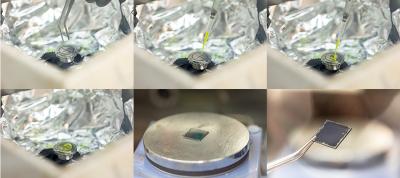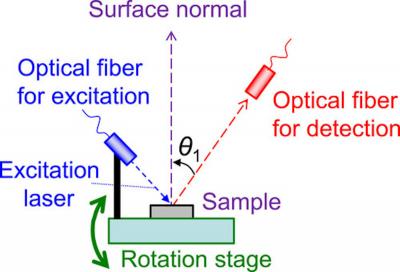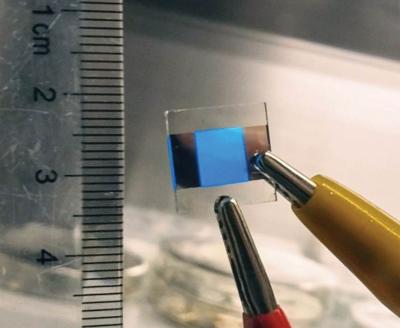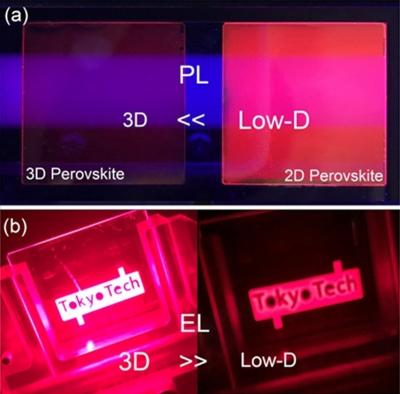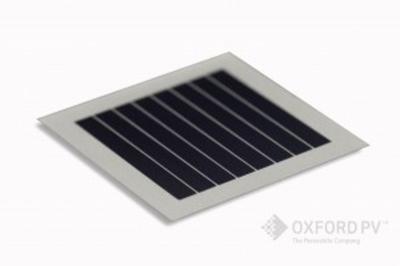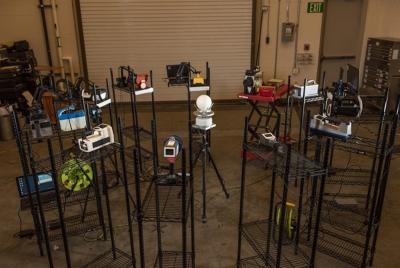ANU team announces 21.6% efficiency for their perovskite solar cells
Researchers from the Australian National University (ANU) have reportedly broken new ground in solar cell energy efficiency and in the process provided a glimpse of the technology's future. The researchers have a announced a record of 21.6% efficiency, which they say is the highest achieved for perovskite cells above a certain size.
Associate Professor Thomas White says as a comparison, typical solar panels being installed on rooftops right now have efficiencies of 17-18%. 'There are three things you're trying to achieve with solar cells, you're trying to make them efficient, stable and cheap," he said. "Perovskites are the future of solar cells."
